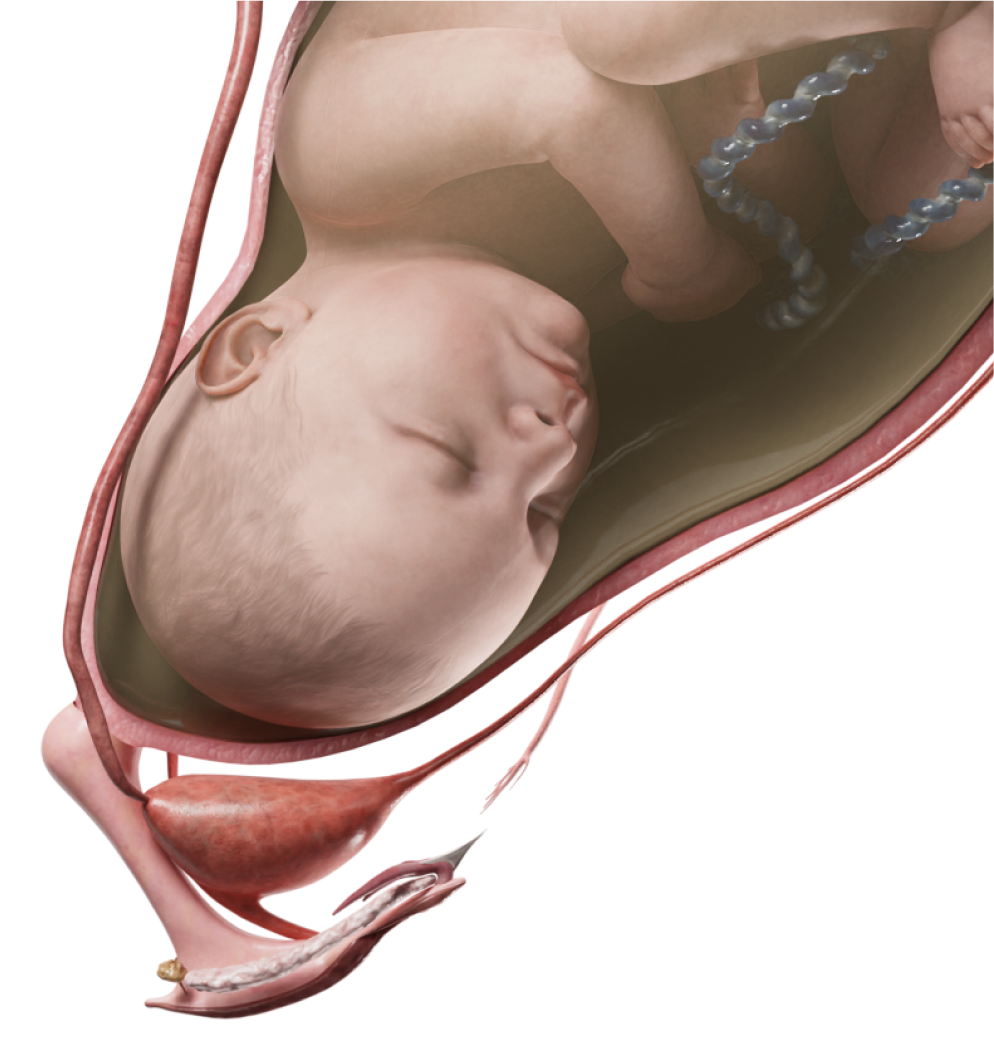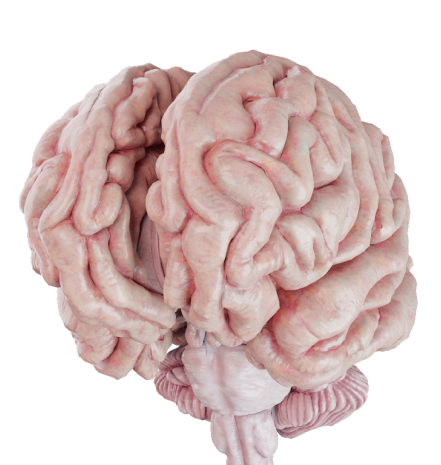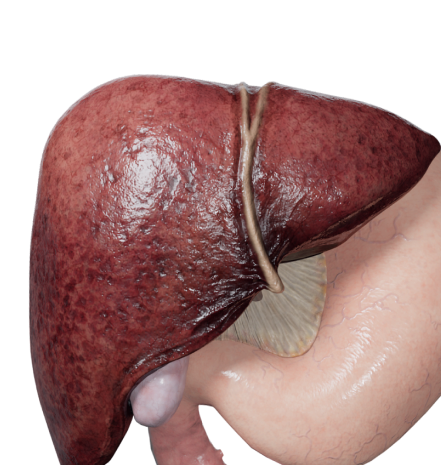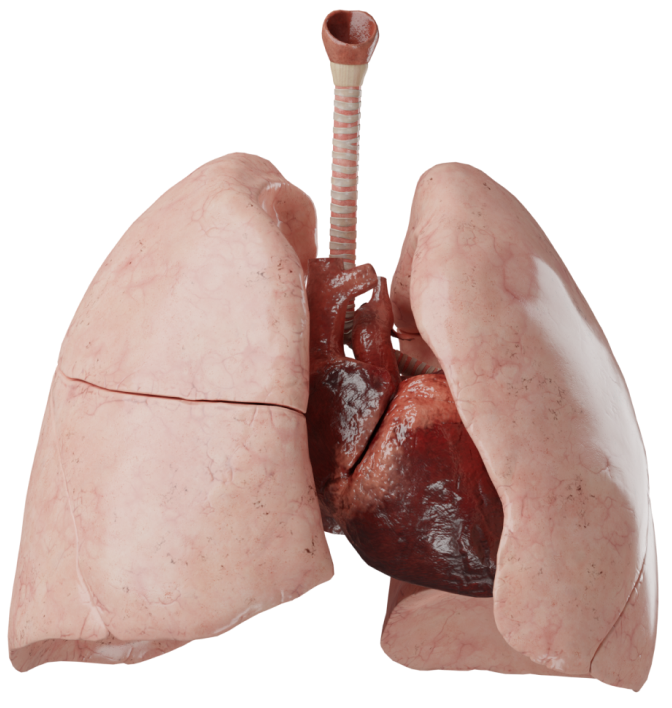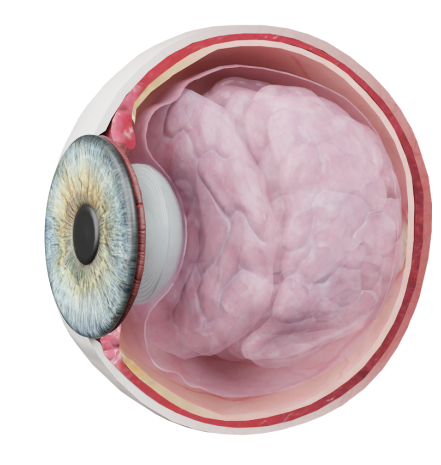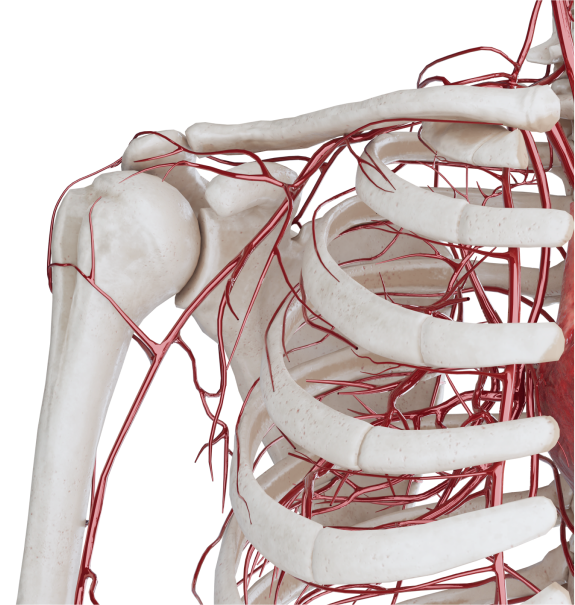Открытый артериальный проток
Что такое открытый артериальный проток?
Открытый артериальный проток — врожденный порок сердца, при котором артериальный проток остается функционирующим после рождения.
Эмбриология
Артериальный проток возникает формируется вместе с разделением артериального ствола. Артериальный проток - нормальный компонент кровообращения плода, через который кровь шунтируется из легочной артерии в аорту. В норме артериальный проток закрывается в течение нескольких суток после рождения в связи с отсутствием функциональной необходимости.
Анатомия
Чаще всего Боталлов проток отходит от аорты немного ниже левой подключичной артерии, а далее подходит к левой легочной артерией. Анатомически артериальный проток чаще имеют коническую форму, сужающуюся по направлению к легочной артерии.
Классификация
- Воронкообразный;
- Широкий и короткий;
- Узкий и длинный.
Гемодинамика
Кровообращение в большом круге в плода по большей части осуществляется через артериальный проток: кровь шунтируется из нефункционирующих легких в нисходящую аорту. Первый вдох новорожденного инициирует поступлением крови в легкие, со временем сопротивление сосудов легких снижается, что приводит к изменению тока крови через проток. Большой объем крови поступает из аорты в легочную артерии под большим давлением. Этот же объем крови возвращается в левые отделы сердца, что вызывает их объемную перегрузку. Повышение соотношения легочного кровотока к системному (Qp:Qs) зависит от размера протока и его формы. В конечном итоге постоянная нагрузка объемом и давлением на легочную сосудистую систему приводит к ремоделированию сосудов и развитию легочной сосудистой болезни. После значительного увеличения давления в легочной артерии направление шунта может изменяться на право-левый.
Диагностика
- Допплер – ЭХОКГ, КТ. Визуализация и проведение дифференциальной диагностики.
- ЭКГ. Не имеет диагностической специфичности.
- Рентгенография. Не специфична. Рентгенографические признаки усиления легочного кровообращения отмечаются только после развития легочной гипертензии.
- Катетеризация сердца. Показана в случаях наличия критической степени легочной гипертензии для уточнения ее характера и возможностей оперативного лечения.
Клинические проявления
Клинические проявления зависят от величины протока и стадии гемодинамических нарушений. У большинства новорожденных с данным пороком отсутствуют какие-либо симптомы заболевания. Открытый артериальный проток больших размеров может проявлять себя клинически уже с первых дней жизни. Характерными клиническими признаками сердечной недостаточности у таких детей будут: одышка, тахикардия, нарушения кормления, гепатоспленомегалия и отставание в физическом развитии. А также сопровождается рецидивирующими респираторными инфекциями, ателектазами и легочной гипертензией.
При изменении направления сброса крови развивается цианоз в первую очередь нижних конечностей, так как артериальная кровь из дуги аорты смывает венозную кровь из артериального протока в нисходящую аорту.
К характерным физикальным признакам относятся:
- непрерывный систолодиастолический шум во ІІ–ІІІ межреберном промежутке слева от грудины;
- снижение диастолического артериального давления.
После возникновения легочной гипертензии изменяется характер шума: диастолический компонент шума уменьшается, а затем полностью исчезает.
Лечение
У недоношенных детей применяется консервативное ведение открытого артериального протока. Оно предполагает введение индометацина с целью облитерации протока. В большинстве случаев показано хирургическое лечение.
Хирургическое лечение у новорожденных показано в ранние сроки, чтобы избежать необратимых осложнений со стороны сердца и других органов (у недоношенных новорожденных высока вероятность развития некротизирующего энтероколита и почечной недостаточности). В случае развития высокой легочной гипертензии с ремоделированием сосудов системы легочной артерии оперативное лечение противопоказано.
Применяются следующие методики хирургического лечения:
- эндоваскулярная окклюзия;
- открытые вмешательства: перевязка и/или клипирование ОАП.



